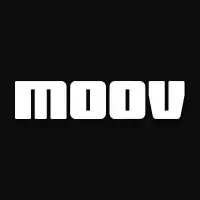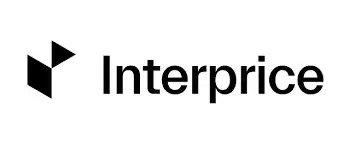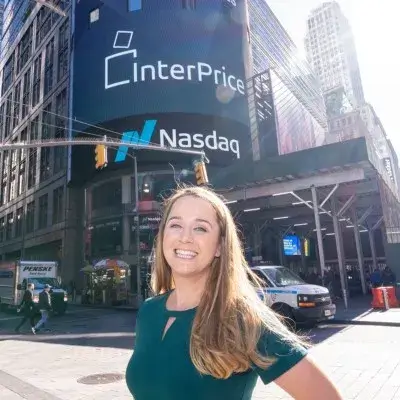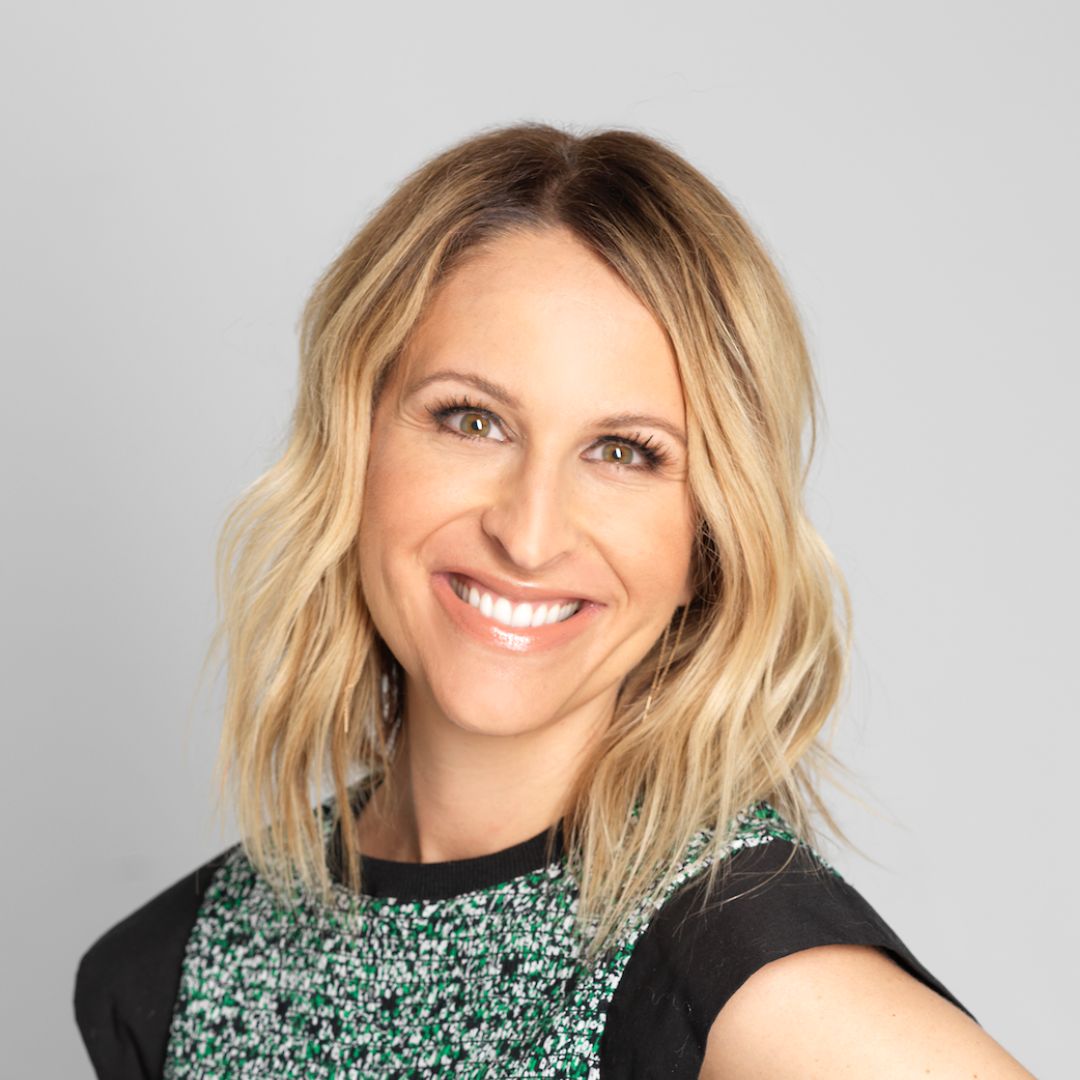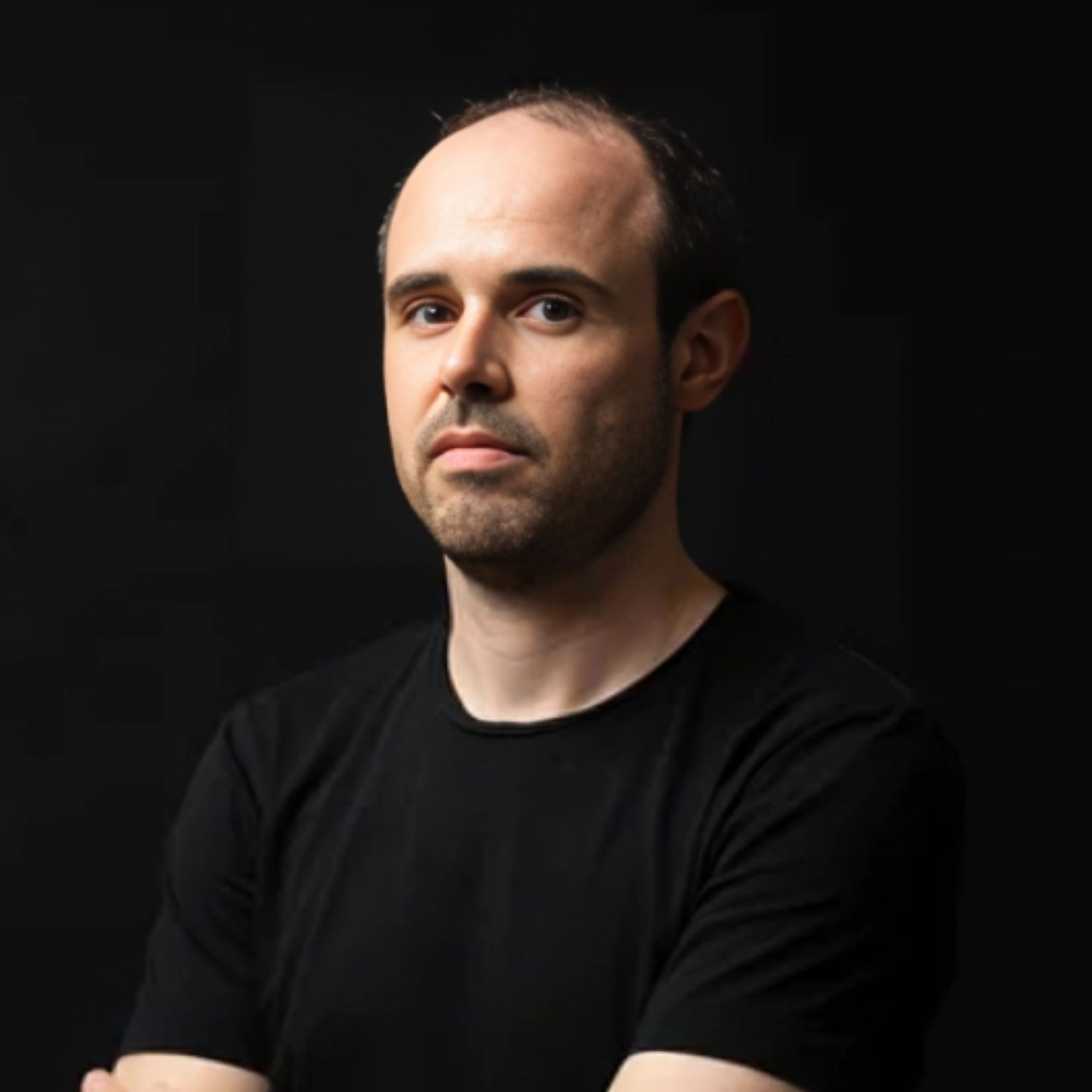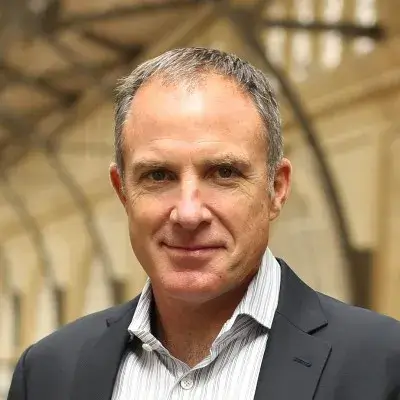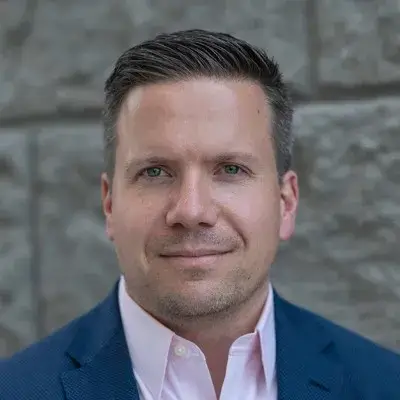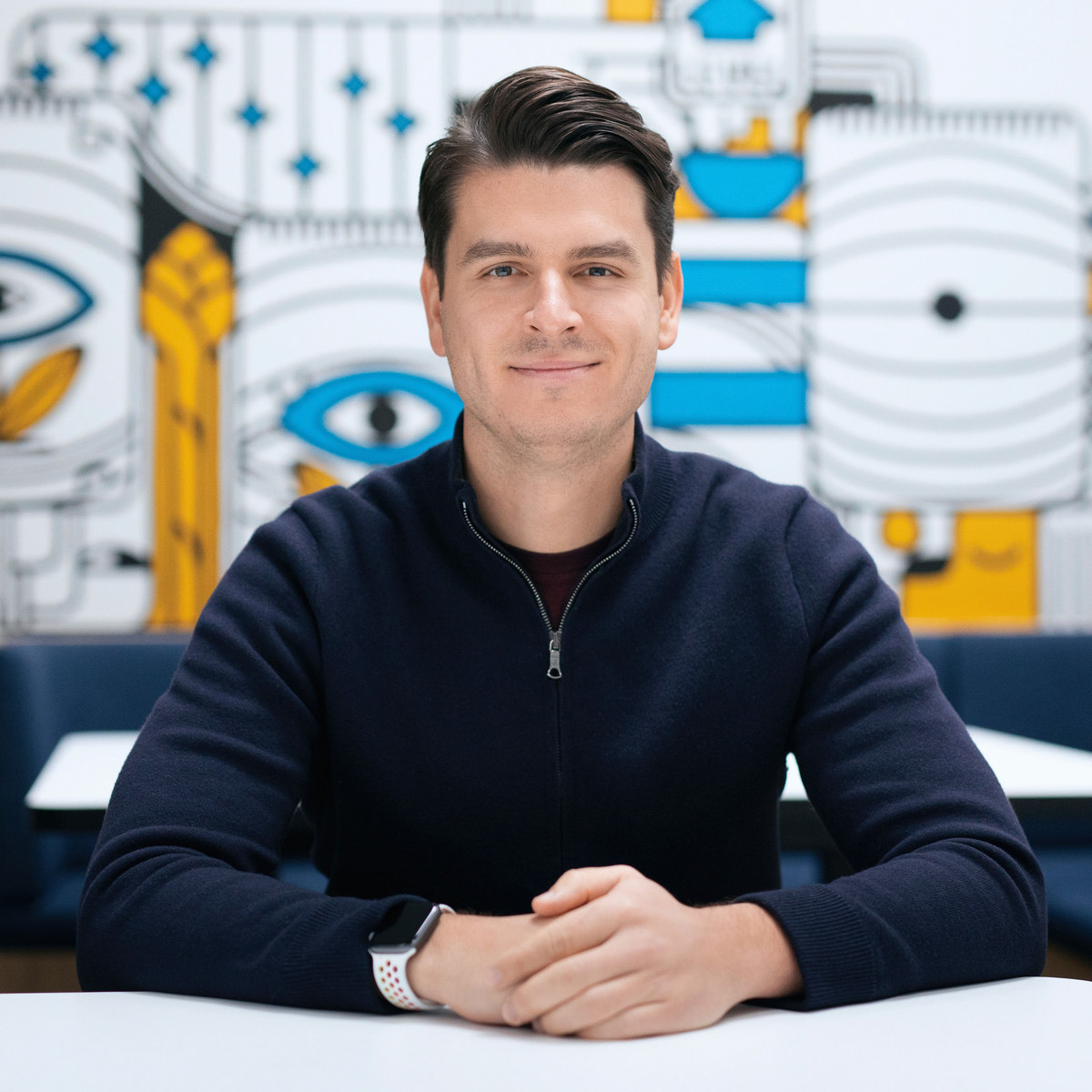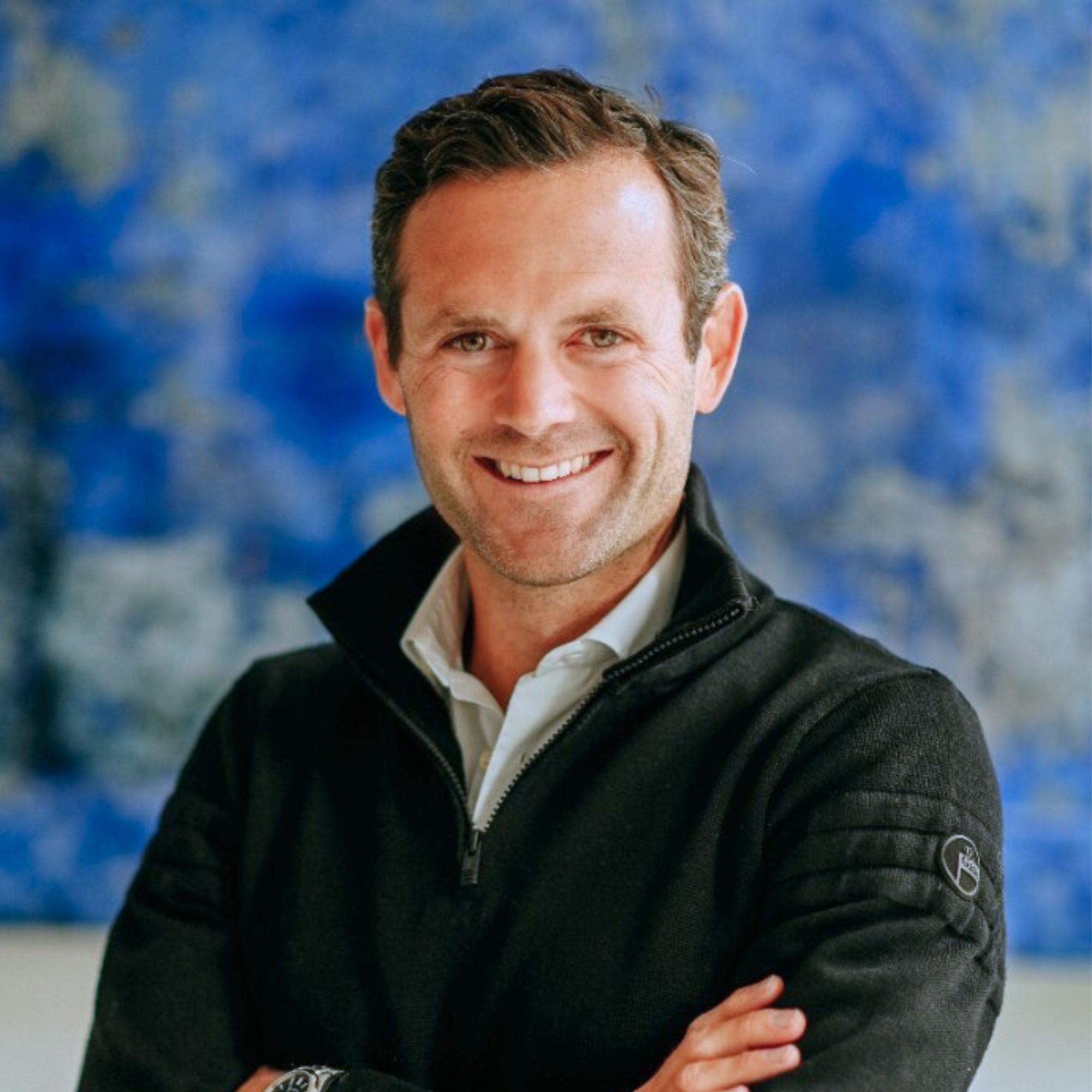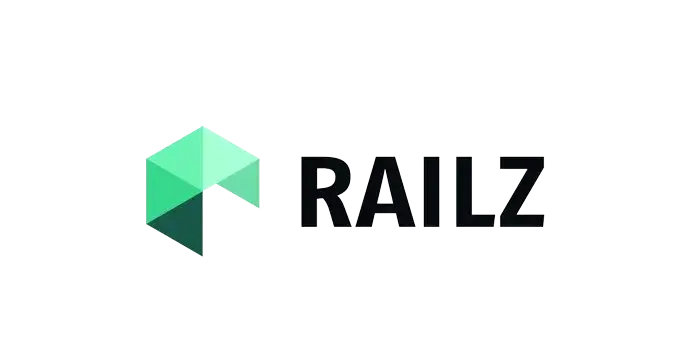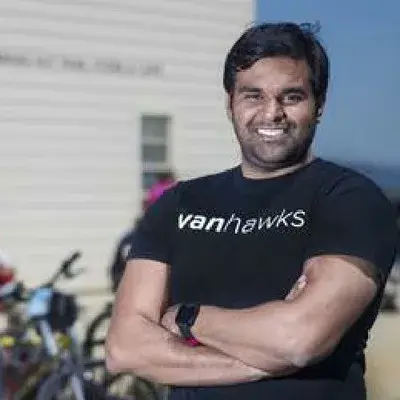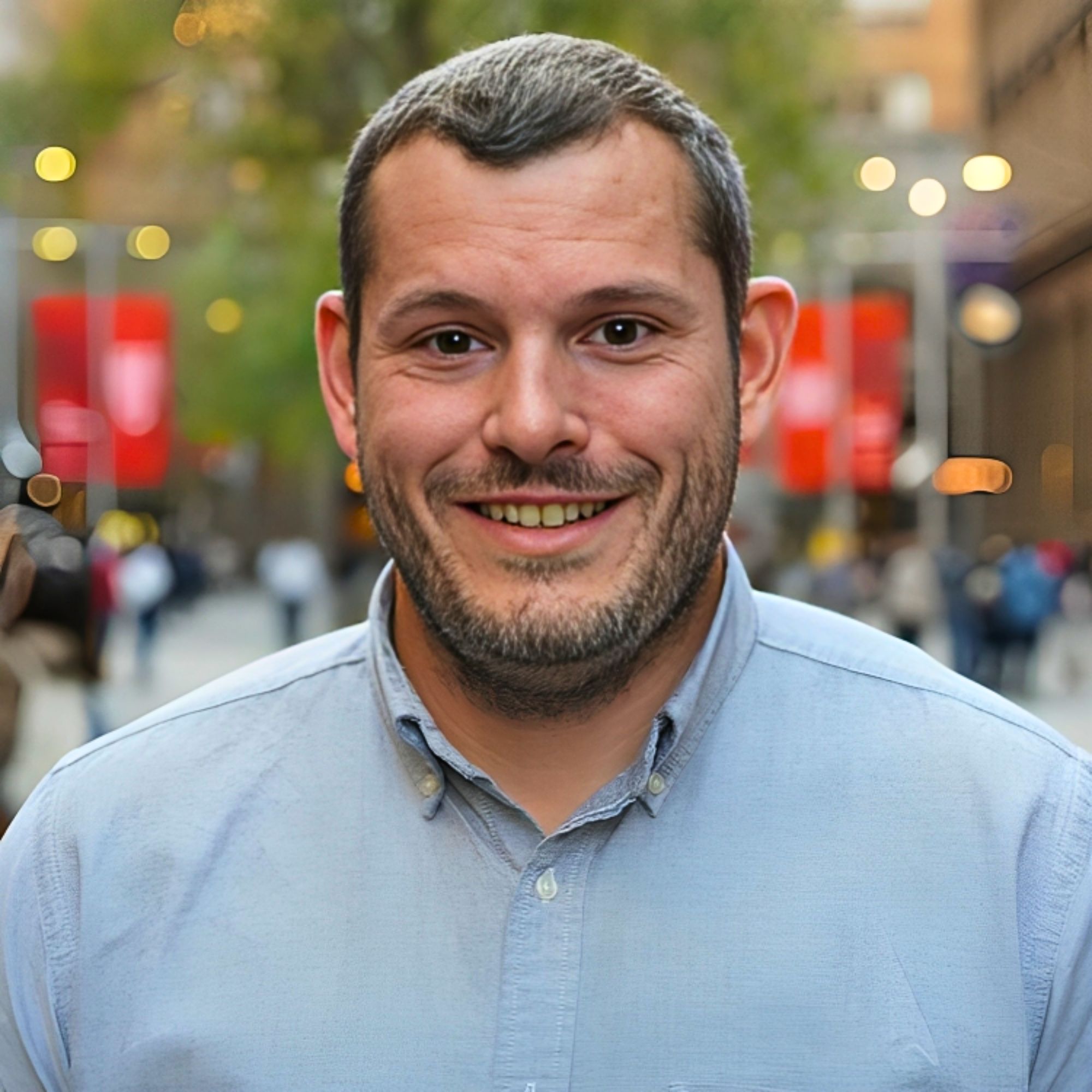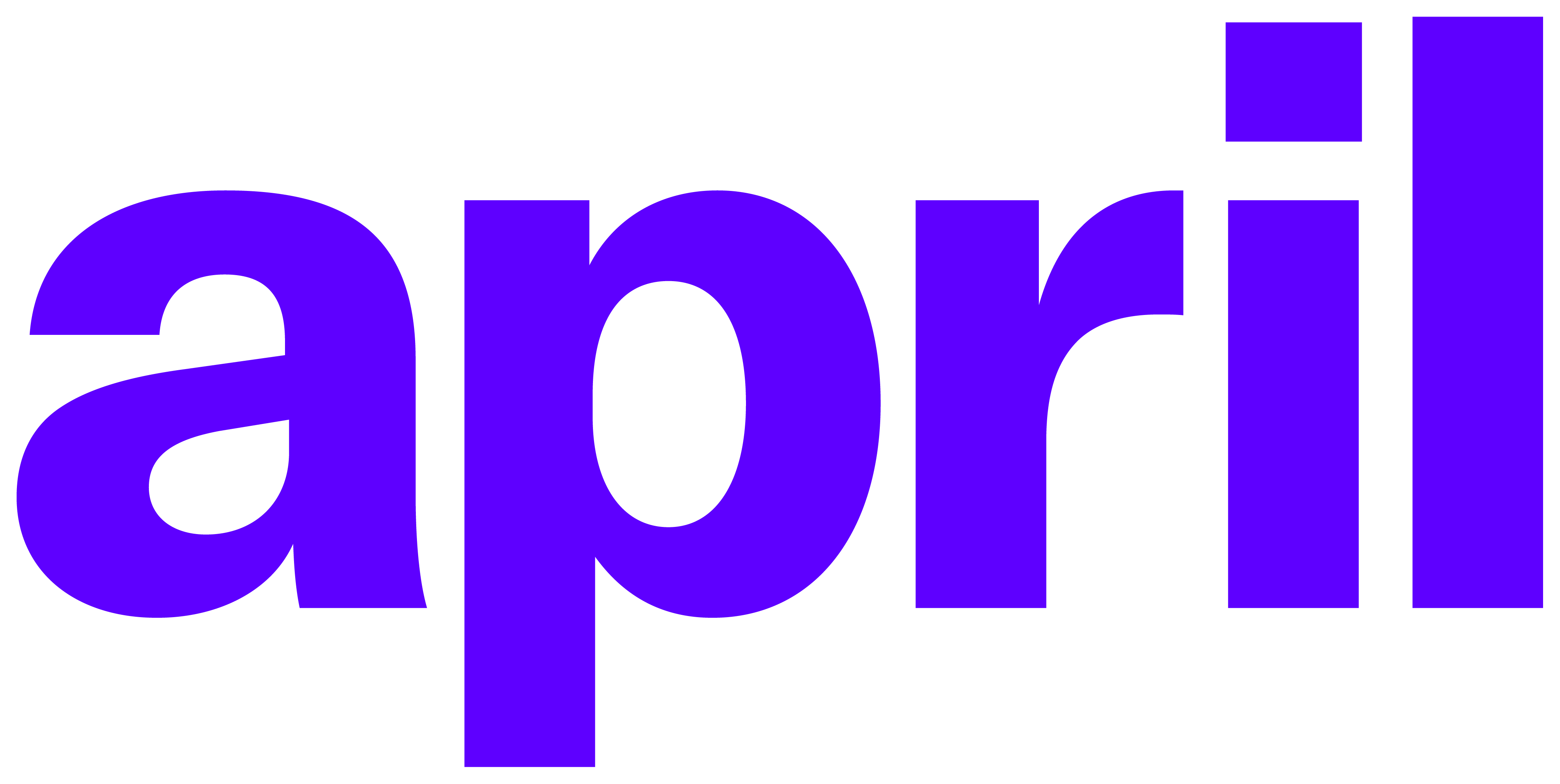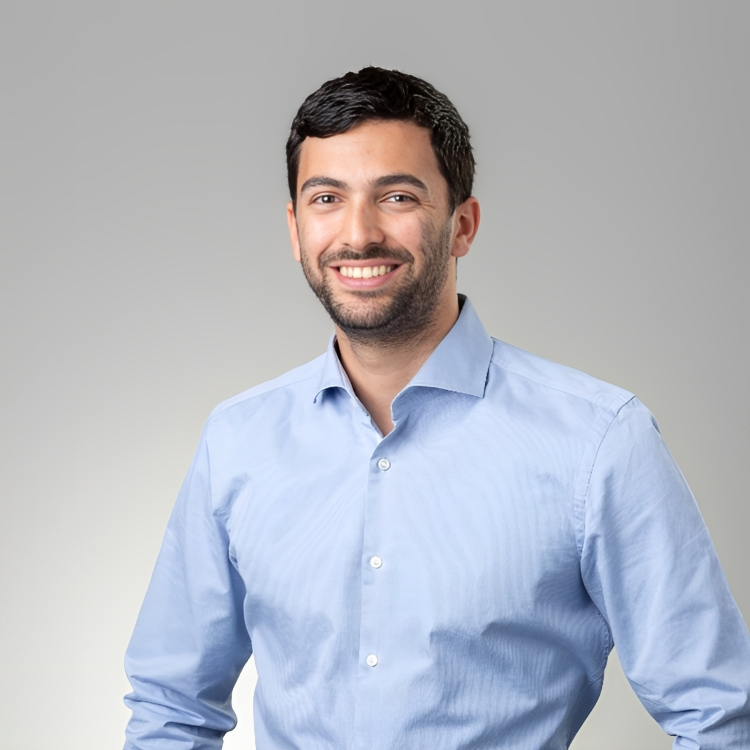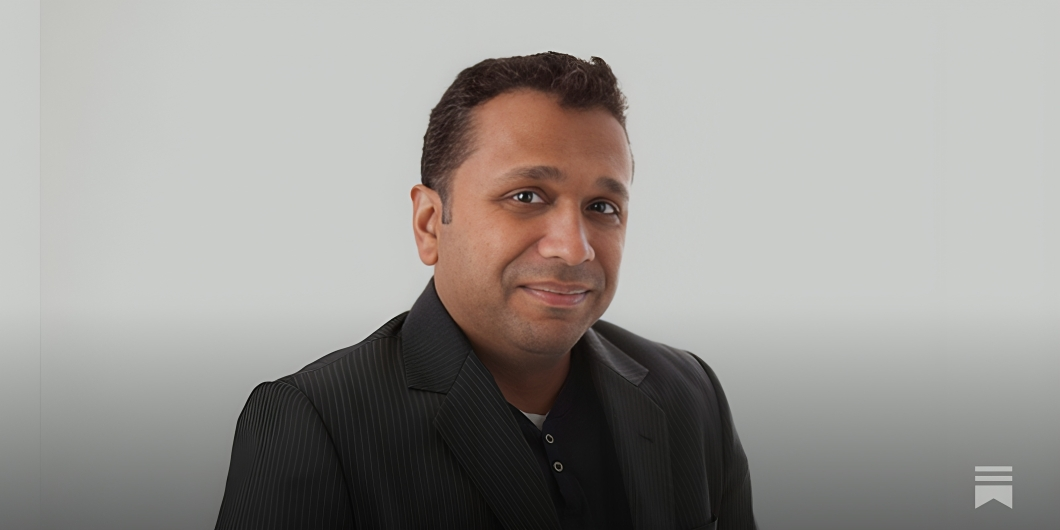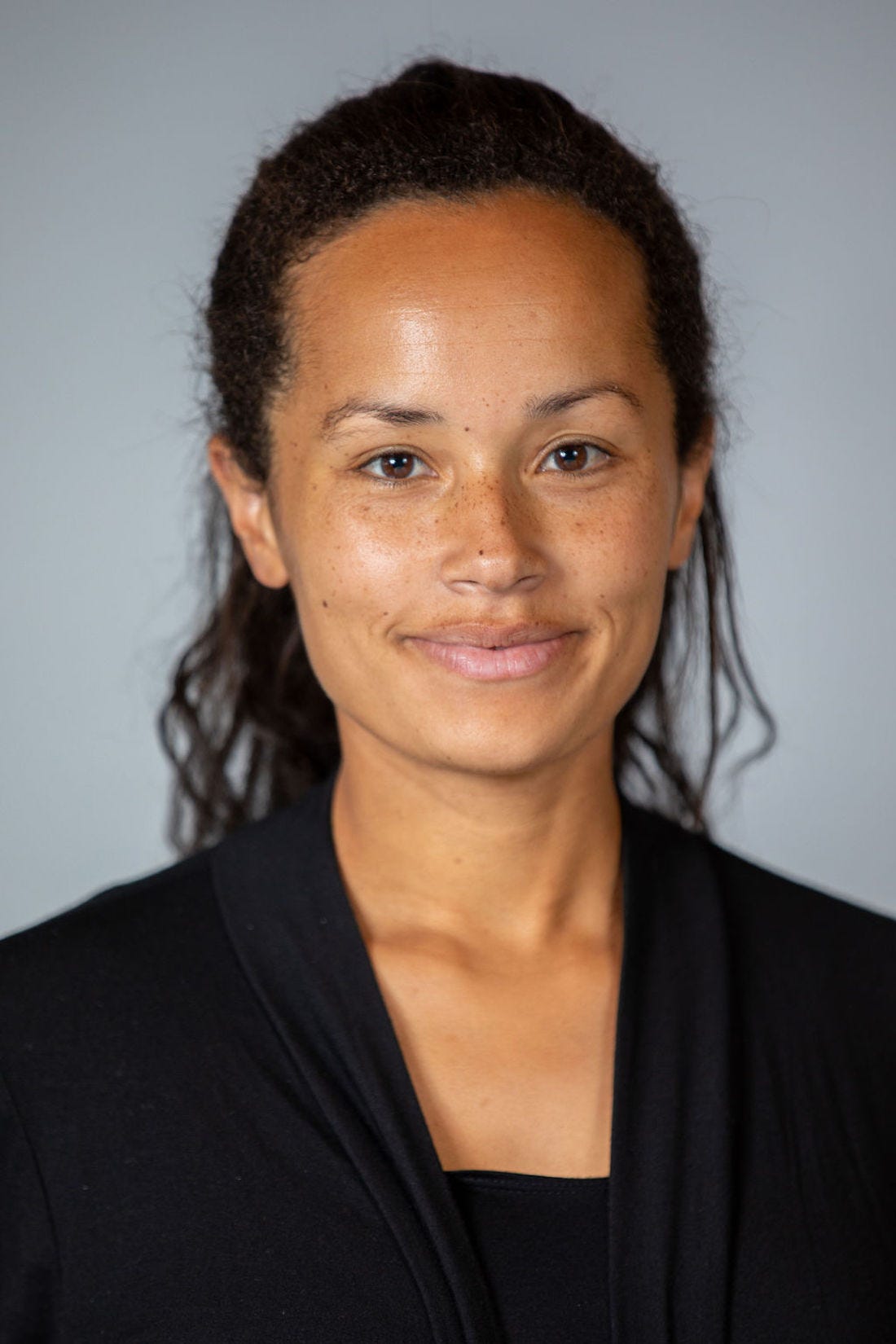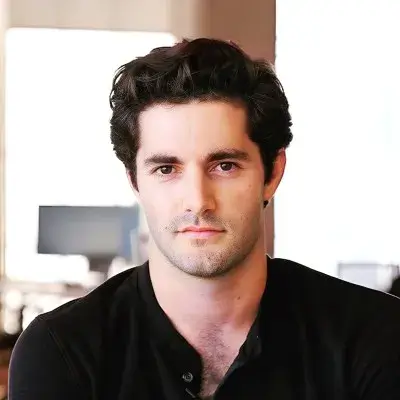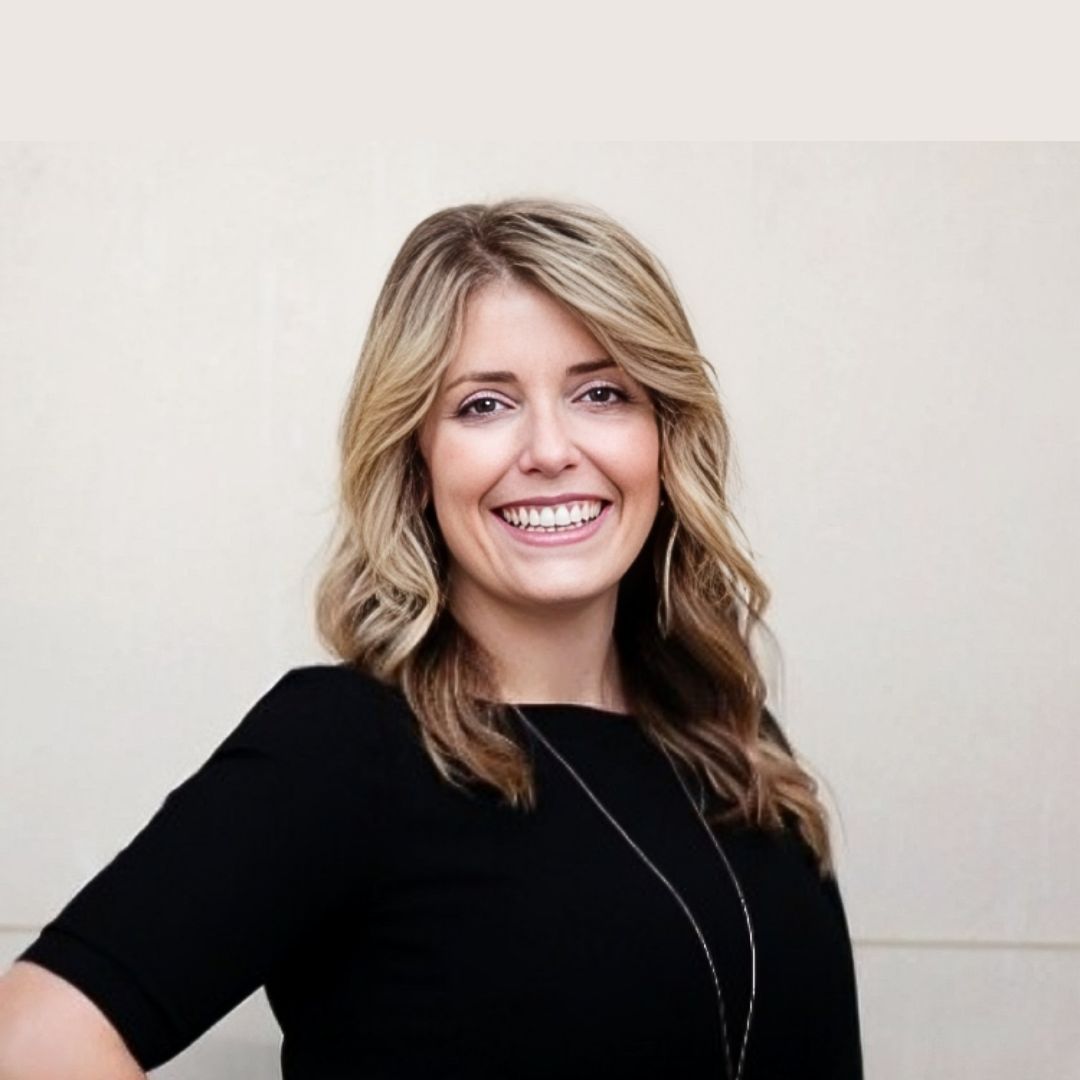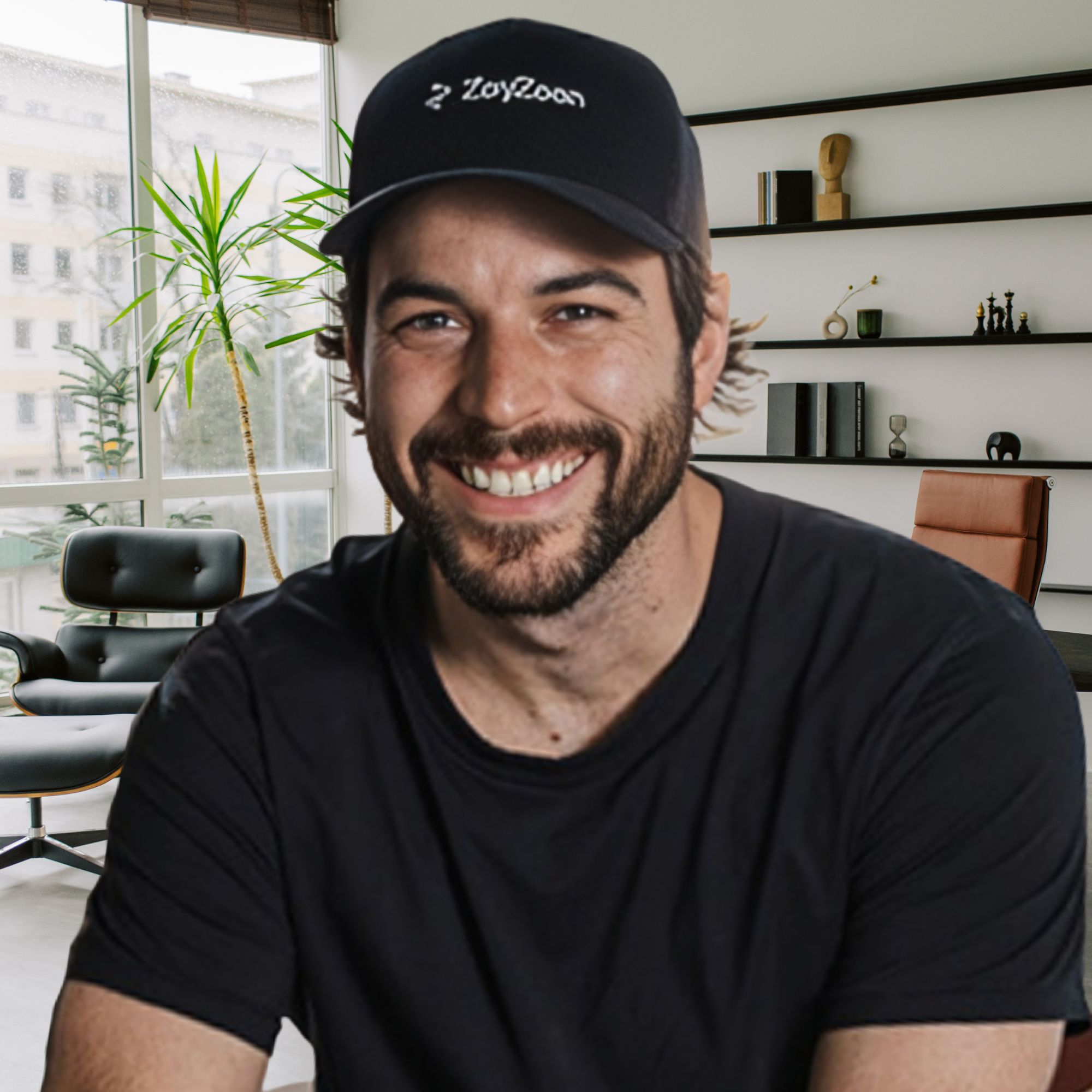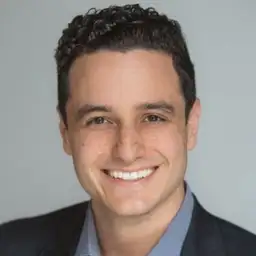Ready to build your own Founder-Led Growth engine? Book a Strategy Call
Frontlines.io | Where B2B Founders Talk GTM.
Strategic Communications Advisory For Visionary Founders
Actionable
Takeaways
Embrace market signals for pivots:
Matt initially planned to build a student credit card but pivoted to loan servicing infrastructure after recognizing stronger market demand. He shares, "I realized at that moment that was the market pool, that was the signal that was saying I need to pivot." B2B founders should remain attuned to market feedback and be willing to adapt their vision accordingly.
Find your wedge by going deeper:
When Canopy eliminated 50% of their sales pipeline by cutting consumer lending, it enabled deeper penetration into B2B markets. Matt explains, "We were just spread way too thin, and we needed to go a lot deeper in the market that we're being pulled into." B2B founders should consider strategic trade-offs between market breadth and depth.
Validate distribution assumptions:
Matt learned that self-serve "lending as a service" attracted the wrong customers and complicated pricing. He notes, "It attracted the wrong type of customer... charging per API call is very confusing to most people when you're dealing with lending." B2B founders should thoroughly test go-to-market assumptions before scaling.
Validate distribution assumptions:
Matt learned that self-serve "lending as a service" attracted the wrong customers and complicated pricing. He notes, "It attracted the wrong type of customer... charging per API call is very confusing to most people when you're dealing with lending." B2B founders should thoroughly test go-to-market assumptions before scaling.
Segment your market precisely:
Canopy analyzes their market by both vertical (logistics, healthcare, etc.) and horizontal loan types (revolving credit, merchant cash advance, etc.). Matt explains, "If the verticals are the business model, the loan type is the horizontal that goes across them." B2B founders should develop detailed market segmentation to guide product and GTM strategy.
Conversation
Highlights
The Go-To-Market Lessons from a Founder Who Cut 50% of His Pipeline
In a recent episode of Category Visionaries, Matt Bivons, CEO of Canopy, shared a go-to-market journey that most founders would find terrifying: deliberately eliminating over half your sales pipeline, failing spectacularly at product-led growth, and pivoting your entire company after a 3am rejection email. Five years in, these painful decisions became the foundation for Canopy’s massive growth in 2024.
Matt’s path offers something rare in founder storytelling—complete transparency about what actually doesn’t work in B2B go-to-market, not just the polished success narrative.
The Stanford Dorm Problem
Before Canopy found its footing in B2B commercial lending, Matt tried something that sounds brilliant on paper: a self-serve, freemium model with per-API pricing. “The other piece that I spectacularly failed at was trying to do a self serve lending as a service,” Matt admits. The vision followed the Twilio playbook—let developers sign up, experiment with APIs, and scale usage over time.
Reality delivered a harsh lesson. “It attracted the wrong type of customer. So were getting kids from Stanford in their dorms trying us out. And lending is really hard. Like you have to know what you were doing and that was not our customer,” Matt explains.
The problem wasn’t just wrong customer profiles. The entire pricing model collapsed under the weight of lending’s complexity. “Additionally to that charging per API call, similar to how Twilio does, is very confusing to most people when you’re dealing with lending because the amount of contacts that you get matters based on the lending product you have,” Matt notes.
He breaks down why: “For example, if you have a student loan, you’re never really calling in to your servicer. It just you set up autopay and it deducts every month. Same thing with mortgages. But if you have a revolving card or a debit card and you get declined the point of sale, you’re absolutely jumping on the phone.”
When usage patterns vary by 10x depending on product type, usage-based pricing becomes impossible for buyers to model. More fundamentally, lending infrastructure decisions involve compliance teams, engineering leaders, and finance executives. No single developer can sign up for a freemium trial and make a buying decision.
“What we found out was that we needed to obviously talk to various stakeholders at these companies, which was all outbound,” Matt says. The PLG dream died, replaced by the reality of enterprise sales.
The Peanut Butter Problem
As Canopy evolved from failed PLG to outbound enterprise sales, another challenge emerged. The company was serving both B2C buy-now-pay-later companies and B2B commercial lenders. “When we first started Canopy, we tried to do loans for all types of lenders. So whether you were a B2C buy now, pay later company or you were a B2B revolving charge card company like Brex or Ram. And what we realized over time is that actually spread us really thin from a resource standpoint, it was not focused enough from a product standpoint and from a go to market standpoint,” Matt explains.
Each segment demanded different regulatory requirements, different product features, different sales approaches. The go-to-market motion that worked for B2C companies failed with B2B buyers. The content that resonated with one vertical confused the other.
This year, Matt made the call. “The most important decision that we made, which was a scary one, was this year we cut out a significant portion of our consumer lending funnel. It represented over 50% of our sales pipeline,” he reveals.
Walking away from half your pipeline isn’t a decision made lightly. “Eliminating that is obviously very scary, right, because you have a bird in hand of companies that want to work with us,” Matt notes. These weren’t theoretical opportunities—they were real companies ready to become customers.
But the peanut butter was spread too thin. “We were just spread way too thin, and we needed to go a lot deeper in the market that were being pulled into,” Matt says. The market was screaming at them to focus on B2B, and this time, they listened. “We had massive market pool into the B2B side.”
The result? “It has paid off tremendously with massive growth for Canopy in 2024.”
The Year-Long Journey
Focusing exclusively on B2B commercial lending revealed the true nature of Canopy’s sales cycle. Some buyers have urgent pain—reconciliation nightmares, systems that can’t launch new products, hair-on-fire problems. “There are companies who have a system of record, hair on fire, problem, reconciliation,” Matt describes. These brownfield deals move fast.
But they’re the minority. “The majority of companies, it’s a year long journey and we need to have high trust and build relationships with them across many months,” Matt reveals. Year-long sales cycles demand a completely different go-to-market approach than transactional sales.
The solution Canopy landed on combines two elements that many founders treat as separate strategies. “That comes in the form of not being, you know, overselling, but really listening and understanding the company, their business model, their future. And it also comes from creating a lot of content to help them understand when is the right time to use us,” Matt explains.
Content marketing and direct sales aren’t competing strategies—they’re complementary motions for complex B2B sales. “I would say the combination of content marketing and direct sales, which is all about building trust, is where we are right now. And that is what is most high converting and working for us,” Matt says.
The content isn’t for SEO traffic or lead generation. It’s sales enablement that keeps conversations alive during the natural lulls of enterprise buying cycles. When buyers need twelve months to evaluate, switch, and implement, educational content maintains momentum without being pushy.
Reading the Universe
Behind all these pivots and painful decisions sits a framework that Matt has refined through years of getting rejected and occasionally being right. “I always say there’s a fine line for founders of being stubborn is one side and resilient is on the other. And so you get rejected a lot as a Founder, but you also have to know when the universe is telling you something,” he explains.
Before Canopy became a B2B infrastructure company, Matt had a different vision: building a safe student credit card. He took it to Sand Hill Road and got rejected by every VC. He applied to Y Combinator. “YC tells you at midnight Pacific time, I was in Atlanta. So 3am, got rejected from Y Combinator. I screamed into a pillow that night,” Matt recalls.
The next morning brought harsh advice from a friend: “You’re an amazing Founder, but this hill that you’re trying to climb is just it’s too much like you really need to take a look and understand what the market is telling you.”
Instead of doubling down, Matt went looking for market demand. He reached out to large debit card companies like Chime and Greenlight, asking if they planned to get into lending. “Every single one said yes,” Matt remembers. That was the signal—not rejection, but market pull.
“I completely gutted everything related to the student credit card, stripped away everything and went down just to the basics,” Matt says. The question he asked: “What is the hardest thing about what we are building, that no one else has that everybody else wants.” The answer was the servicing infrastructure underneath the credit card.
“From that’s how we got our first investment,” Matt notes.
The Adaptation Superpower
Five years into building Canopy, Matt’s go-to-market strategy looks nothing like it did at launch. “The early go to market was just me hustling and flying around the country trying to get in front of companies that did lending or were getting into lending,” he recalls. Now it’s a full sales and marketing team executing a sophisticated content and direct sales motion focused exclusively on B2B commercial lending.
The throughline isn’t consistency—it’s adaptability. “I think that is one of the biggest superpowers of successful companies and founders is being able to adapt and evolve and not being stuck to any one way. And that is true in every functional area of the company, whether it’s marketing, go to market, whether it’s product, whether it’s technology,” Matt emphasizes.
But adaptation isn’t randomness. It requires distinguishing between rejection that demands resilience and market feedback that requires change. “You need to be able to change with the customers and be able to continue to offer something extraordinary over time,” Matt says.
His advice for other founders navigating this balance: “Obviously fail a lot, fail fast, figure it out, run experiments and do what you feel is working and then double down on that.”
The hardest go-to-market decisions aren’t about what to add. They’re about what to cut—even when what you’re cutting is working, just not working well enough. Sometimes especially then.




